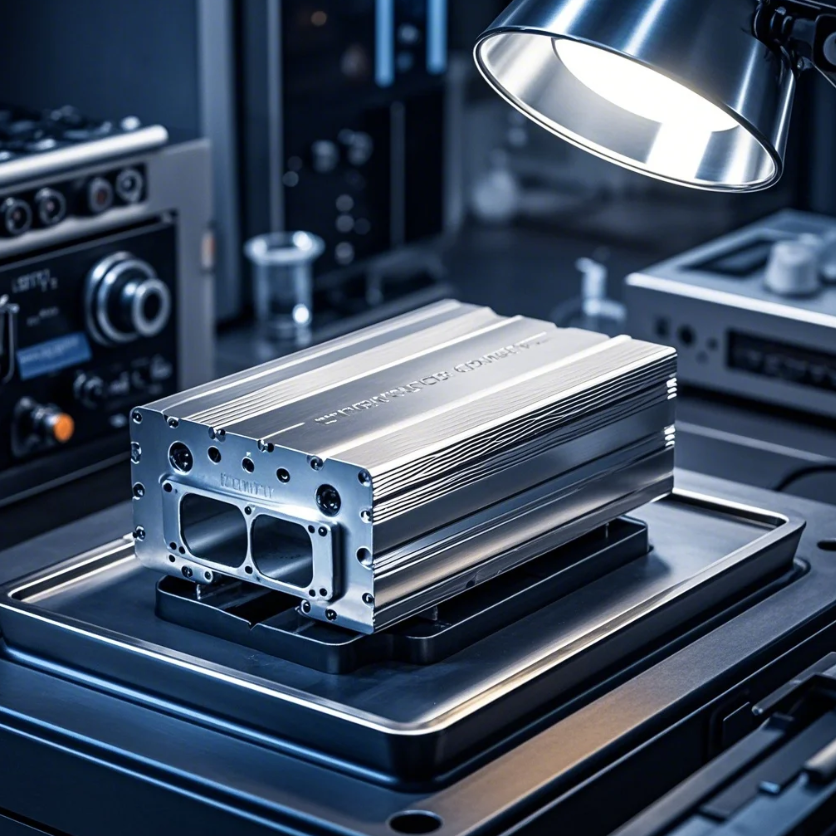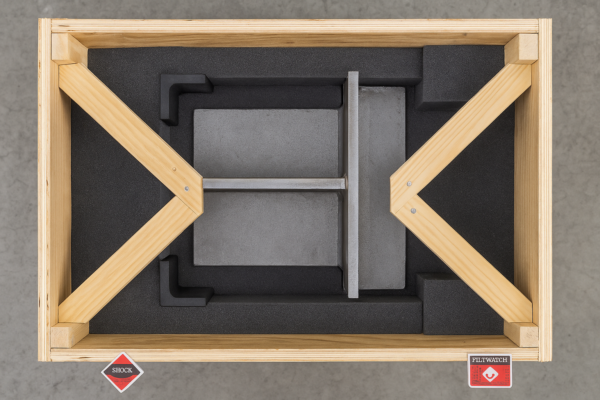What Are All Metallic Elements?

Metallic elements play a pivotal role in the modern world, from the technology we use to the infrastructure around us. But how many metallic elements are there, and what makes them so essential? In this article, we will explore the metallic elements, their unique properties, and why they are so important across various industries.
Snippet paragraph: Learn about all metallic elements, their properties, and their applications in industries like construction, electronics, and manufacturing.
Transition paragraph: Let’s take a deep dive into the world of metallic elements, focusing on their characteristics and their impact on modern industries.
What Is the 40 Metallic Element?
The periodic table includes a broad array of elements, many of which are metals. These metallic elements have been essential to the development of various industries, from manufacturing to electronics. So, what are the first 40 metallic elements in the periodic table?
Snippet paragraph: The first 40 elements in the periodic table contain a mix of metals, each with specific applications that contribute to industry and technology.

The First 40 Elements and Their Metallic Nature
Many of the first 40 elements in the periodic table are metals, which have certain physical properties like electrical conductivity, luster, and malleability. Here’s an overview of the first 40 metallic elements:
| Element Name | Symbol | Atomic Number | Common Uses |
|---|---|---|---|
| Scandium | Sc | 21 | Aerospace, sporting equipment |
| Titanium | Ti | 22 | Aerospace, medical implants |
| Vanadium | V | 23 | Steel production, batteries |
| Chromium | Cr | 24 | Stainless steel, plating |
| Manganese | Mn | 25 | Steel production, batteries |
| Iron | Fe | 26 | Steel, construction, tools |
| Cobalt | Co | 27 | Magnets, alloys |
| Nickel | Ni | 28 | Stainless steel, electronics |
| Copper | Cu | 29 | Electrical wiring, electronics |
| Zinc | Zn | 30 | Rust prevention, alloys |
| Gallium | Ga | 31 | Electronics, LEDs |
| Germanium | Ge | 32 | Semiconductors, optics |
| Arsenic | As | 33 | Semiconductor, alloys |
| Selenium | Se | 34 | Solar panels, electronics |
| Bromine | Br | 35 | Flame retardants, pesticides |
| Krypton | Kr | 36 | Lighting, photography |
| Rubidium | Rb | 37 | Research, atomic clocks |
| Strontium | Sr | 38 | Fireworks, magnets |
| Yttrium | Y | 39 | Electronics, superconductors |
| Zirconium | Zr | 40 | Nuclear reactors, medical devices |
These metals are used in a range of applications from construction and energy production to electronics and aerospace, reflecting the vast utility of metallic elements in modern society.
LOOP_END
What Are the 93 Metal Elements?
The periodic table contains over 100 elements, and approximately 93 of them are metals. These metals are categorized into different groups based on their properties. Here’s an overview of the first 93 metal elements, their characteristics, and uses:
Snippet paragraph: The periodic table contains 93 metallic elements, each with unique properties that make them crucial in fields like manufacturing, construction, and technology.

A Comprehensive Look at 93 Metal Elements
The 93 metallic elements found in the periodic table include transition metals, alkali metals, alkaline earth metals, and post-transition metals. Below are a few examples of these elements:
-
Alkali Metals: Lithium (Li), Sodium (Na), Potassium (K), Rubidium (Rb), Cesium (Cs), Francium (Fr)
- These metals are highly reactive and are typically found in compounds in nature. Lithium, for example, is used in rechargeable batteries, while potassium is used in fertilizers.
-
Alkaline Earth Metals: Beryllium (Be), Magnesium (Mg), Calcium (Ca), Strontium (Sr), Barium (Ba), Radium (Ra)
- Known for their high melting points and reactivity, these metals are used in various industrial applications, including steelmaking (magnesium) and fireworks (strontium).
-
Transition Metals: Scandium (Sc), Titanium (Ti), Iron (Fe), Copper (Cu), Silver (Ag), Gold (Au), Platinum (Pt)
- These metals are widely used in alloys and manufacturing. For example, iron is essential in steel production, while gold and platinum are prized for their use in electronics and jewelry.
-
Post-Transition Metals: Aluminum (Al), Gallium (Ga), Indium (In), Tin (Sn), Lead (Pb)
- These metals are used in a variety of applications, including packaging (aluminum), electronics (gallium), and construction (tin).
-
Lanthanides and Actinides: Cerium (Ce), Lanthanum (La), Uranium (U), Thorium (Th)
- These rare metals are used in specialized fields like nuclear energy (uranium and thorium) and electronics (lanthanum and cerium).
LOOP_END
What Are the 30 Elements of Metal?
Out of the 93 metal elements, 30 are widely recognized for their crucial roles in various industries. These metals are often used in alloys, manufacturing, and even technological devices due to their unique properties. Here are 30 essential metallic elements:
Snippet paragraph: Among the 93 metallic elements, 30 stand out for their importance in creating alloys, electronics, and infrastructure materials.

Key 30 Metal Elements and Their Applications
- Iron (Fe) – Used in construction, steelmaking, and machinery.
- Copper (Cu) – Electrical wiring, electronics, plumbing.
- Gold (Au) – Jewelry, electronics, currency.
- Silver (Ag) – Jewelry, electronics, photography.
- Platinum (Pt) – Catalytic converters, jewelry.
- Nickel (Ni) – Stainless steel, batteries.
- Aluminum (Al) – Aerospace, packaging, construction.
- Zinc (Zn) – Galvanization, alloys.
- Titanium (Ti) – Aerospace, medical implants.
- Magnesium (Mg) – Lightweight alloys, aerospace.
- Lead (Pb) – Batteries, radiation shielding.
- Tin (Sn) – Soldering, tinplate.
- Cobalt (Co) – Batteries, alloys.
- Manganese (Mn) – Steel production, batteries.
- Rhodium (Rh) – Catalytic converters, jewelry.
- Iridium (Ir) – Spark plugs, aerospace.
- Osmium (Os) – Electrical contacts, fountain pens.
- Beryllium (Be) – Aerospace, electronics.
- Lithium (Li) – Batteries, lightweight alloys.
- Strontium (Sr) – Fireworks, magnets.
- Rubidium (Rb) – Research, atomic clocks.
- Yttrium (Y) – Electronics, superconductors.
- Barium (Ba) – Drilling fluids, medical imaging.
- Gallium (Ga) – Electronics, solar panels.
- Lanthanum (La) – Catalysts, battery materials.
- Cerium (Ce) – Polishing agents, catalysts.
- Thorium (Th) – Nuclear reactors.
- Uranium (U) – Nuclear fuel.
- Tungsten (W) – Hard metals, electronics.
- Ruthenium (Ru) – Electronics, catalysts.
These metals are essential in various fields, ranging from everyday products like electronics and jewelry to more specialized uses in industries like nuclear energy, aerospace, and automotive manufacturing.
Are There 70 Metals?
Yes, there are over 70 metals found on the periodic table. These metals include alkali metals, transition metals, and rare metals that are used in a variety of applications, from industrial manufacturing to technological innovations.
Snippet paragraph: There are more than 70 metals in the periodic table, each with unique properties and applications in various industries.

Metals Beyond 30
The number of metals increases as you move further down the periodic table, including metals used in highly specialized applications. Some of these metals, such as tungsten, rhenium, and osmium, are known for their high density and strength, making them invaluable in extreme environments like aerospace and defense.
Conclusion
Metallic elements are foundational to the modern world. From the most abundant metals like iron and copper to the rarest ones like rhodium and osmium, metals play critical roles in various industries. Understanding the full range of metals available and their applications helps in choosing the right materials for manufacturing, electronics, energy production, and beyond.
At Prime, we specialize in high-quality metal parts and components, ensuring that your business gets the right materials for its needs. Contact us today for customized solutions, quick delivery, and expert guidance on sourcing the best metal components for your industrial requirements.







